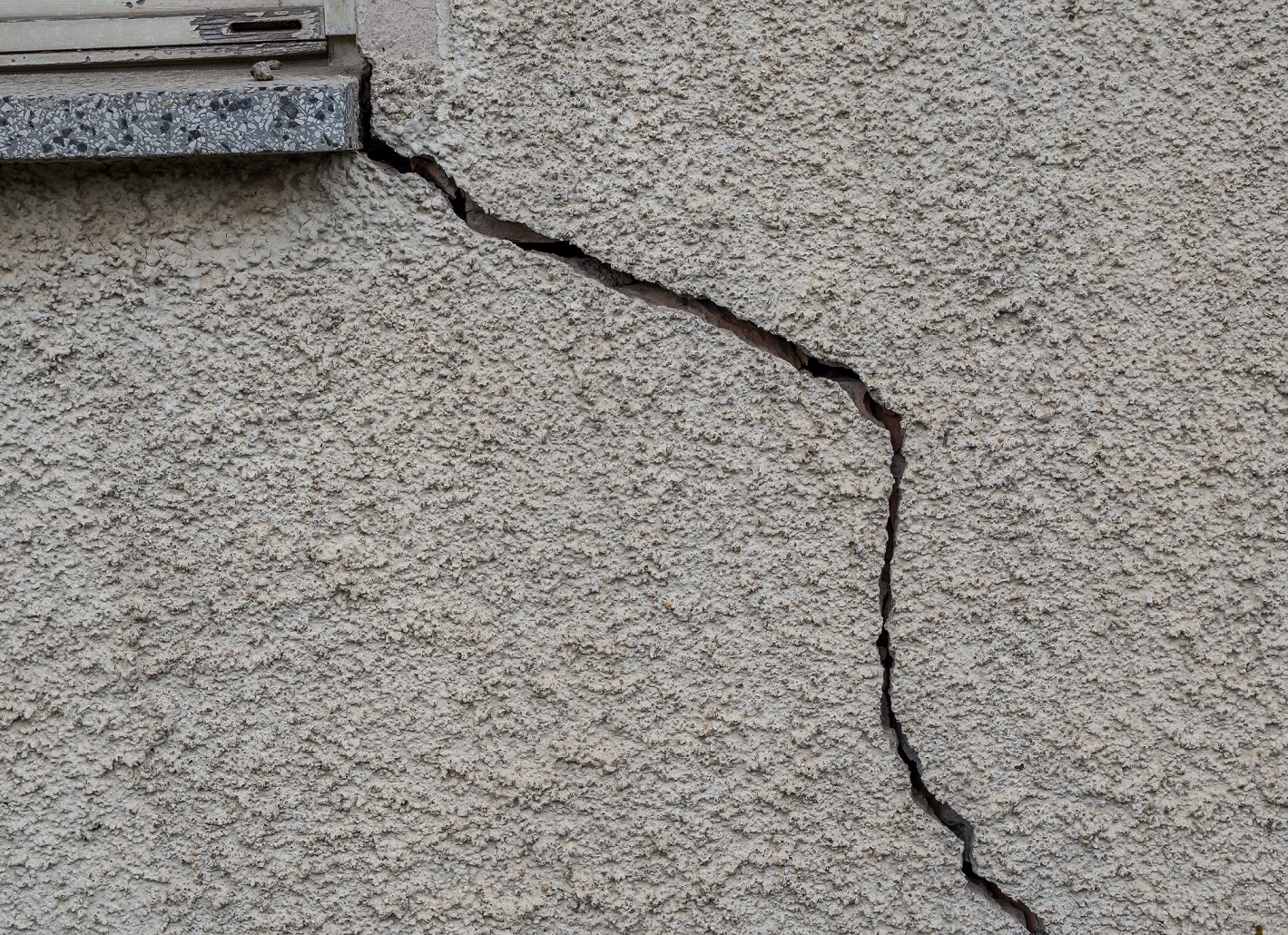Severity of defects and age of your building can sway your strata insurance
/*! elementor – v3.21.0 – 20-05-2024 */
.elementor-heading-title{padding:0;margin:0;line-height:1}.elementor-widget-heading .elementor-heading-title>a{color:inherit;font-size:inherit;line-height:inherit}.elementor-widget-heading .elementor-heading-title.elementor-size-small{font-size:15px}.elementor-widget-heading .elementor-heading-title.elementor-size-medium{font-size:19px}.elementor-widget-heading .elementor-heading-title.elementor-size-large{font-size:29px}.elementor-widget-heading .elementor-heading-title.elementor-size-xl{font-size:39px}.elementor-widget-heading .elementor-heading-title.elementor-size-xxl{font-size:59px}
Defects are common in both new and existing builds. However, the nature and severity of building defects can vary greatly with age, and this can impact on insurance cover
In our earlier article, we covered insights from CHU on how building defects impact insurance coverage type and costs, what you should know about potential risks from building defects and what kind of information your insurance provider may need from you. Insurance underwriters will look at numerous factors and deep dive into the situation from various angles before deciding which course of action is appropriate. Here are some of the factors they will consider:
- How long ago was your building built?
- What materials have been used in the building?
- Where kind of defects are present and how they may impact the stability of the building?
- What is the maintenance and repair history of the building?
- What kind of corrective steps has been taken for your strata property and how soon was this actioned after finding the issue?
In this article, we will discuss how the age of your building and severity of defects can affect insurance cover, premium and excess for your building:
- What kind of defects should you look out for?
- Minor defects
- Major defects/structural issues
- Very severe defects
- How does the age of the building influence insurance?
- How the evaluation of existing builds impacts insurance
What kind of defects should you look out for?
In general, there are 3 main types of building defects:
Minor defects
 These are usually cosmetic in nature and can be fixed without making hard changes to the building. These defects don’t increase the chance of a property or liability claim. Your insurance provider may just be ‘note’ them on the policy record without making any changes in the excess or increasing the premium.
These are usually cosmetic in nature and can be fixed without making hard changes to the building. These defects don’t increase the chance of a property or liability claim. Your insurance provider may just be ‘note’ them on the policy record without making any changes in the excess or increasing the premium.
Examples of minor defects:
- Non-structural/hair line cracks
- Drummy/loose tiles that have not lifted and are not in common or high pedestrian traffic areas like walkways or stairwells
- Minor and short-term efflorescence – the process where moisture moves through a masonry, leaving a white staining effect on the outer surface.
Major defects/structural issues
 These defects are more serious in nature as they may affect the very stability of the building and may not be fixed easily or quickly. They may significantly increase your exposure to property and/or liability claims. So, if these kind of defects are found in your building, your insurance provider may scrutinise how quickly and what kind of remedial actions were taken. Insurance may be offered but there may be an increased premium and a higher than standard excess applied.
These defects are more serious in nature as they may affect the very stability of the building and may not be fixed easily or quickly. They may significantly increase your exposure to property and/or liability claims. So, if these kind of defects are found in your building, your insurance provider may scrutinise how quickly and what kind of remedial actions were taken. Insurance may be offered but there may be an increased premium and a higher than standard excess applied.
Examples of major defects:
- Structural issues: Certain items may have inherent defects. These could be concrete cancer in balconies or suspended footbridges, unstable retaining or boundary walls, sagging roofs, etc. usually, these issues will require remedial action within the two years of being identified.
- Fire-safety risks: Lapses in fire-safety tend to intensify the spread of fire and compromise safety. If you find problems such as faulty fire dampers, unsealed penetrations horizontally and vertically between different living spaces, faulty fire suppression systems such as sprinklers, etc. make sure to have them promptly fixed and upgraded as needed.
- Balcony walls or roof top balustrading: Balustrading may be unsafe due to gradual deterioration or poor workmanship. In older buildings, when you make remedial works on your new balustrades and balcony walls, make sure they are complaint with the current regulation in your state as per the Building code of Australia.
- Waterproofing problems: Water may get in the building from failed roof membranes or leaking shower bases, etc. and compromise the stability of the building walls. Sometimes, this may cause other health and safety problems such as mold.
Very severe defects
 When defects create such a significant exposure and a premium loading or high excess structure are deemed insufficient to cover the risk. It is often described as a ‘hard to place risk’, where a standard strata insurance policy is not appropriate and special insurance terms are required as the potential exposure is too significant. A hard to place risk could be a building with many major defects, including structural elements that may lead to the imminent collapse of building components. If a strata or body corporate committee is inactive in rectifying these defects, that may further complicate matters for securing insurance.
When defects create such a significant exposure and a premium loading or high excess structure are deemed insufficient to cover the risk. It is often described as a ‘hard to place risk’, where a standard strata insurance policy is not appropriate and special insurance terms are required as the potential exposure is too significant. A hard to place risk could be a building with many major defects, including structural elements that may lead to the imminent collapse of building components. If a strata or body corporate committee is inactive in rectifying these defects, that may further complicate matters for securing insurance.
How does the age of the building influence insurance?
The condition of a building worsens with wear and tear, and underlying defects may get worse with age, there will be different insurance covers, premiums and excess for new builds and existing/older buildings. How evaluation of new builds impacts insurance:
- Warranty period cover:
As per your state legislation, your owners corporation or body corporate should get building defects rectified promptly. It’s easier to get the builder and developer to pay under warranty periods and get legal action if they’re non-compliant. Please note that the times to lodge legal action may vary between states and territories, so the warranty covers of different locations may cause insurers to further evaluate new buildings.
-
Less frequent maintenance:
Unlike older buildings, new buildings may not need frequent fixes and maintenance. You should keep in mind that even with new builds, poor workmanship may further contribute to a building’s wear and tear. Such cases could influence the decisions of your insurance providers and affect your options.
How the evaluation of existing builds impacts insurance:
- Expired statutory warranty period:
If statutory warranty periods have expired, or there’s a delay in rectification, all related costs may have to be borne by the lot owners. Being aware of the warranty cover timelines can save you a lot of money.
- Lack of general maintenance:
This may lead to gradual deterioration of the building, and further damage building components. For example, storm damage or waterproofing leaks make lead to rotting timbers, steel elements being exposed to long-term water ingress can cause potential concrete spalling and so on.
- Expired equipment:
Key building components reaching the end of their serviceable life, such as waterproofing membranes, roof structures, fire-safety equipment, etc. These issues can leave the building exposed to accidents and cause damage to life and property without warning.
The important thing for a building with defects is to provide as much information as possible to achieve the best insurance outcome based on their specific circumstances.
If you’d like to find out more on building compliance for your strata property, click here to download your free Community Living guide.


